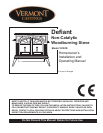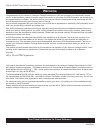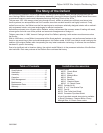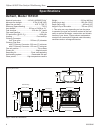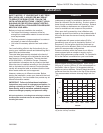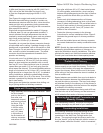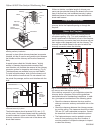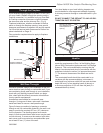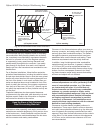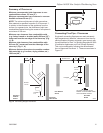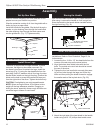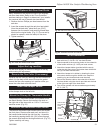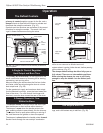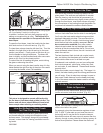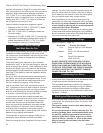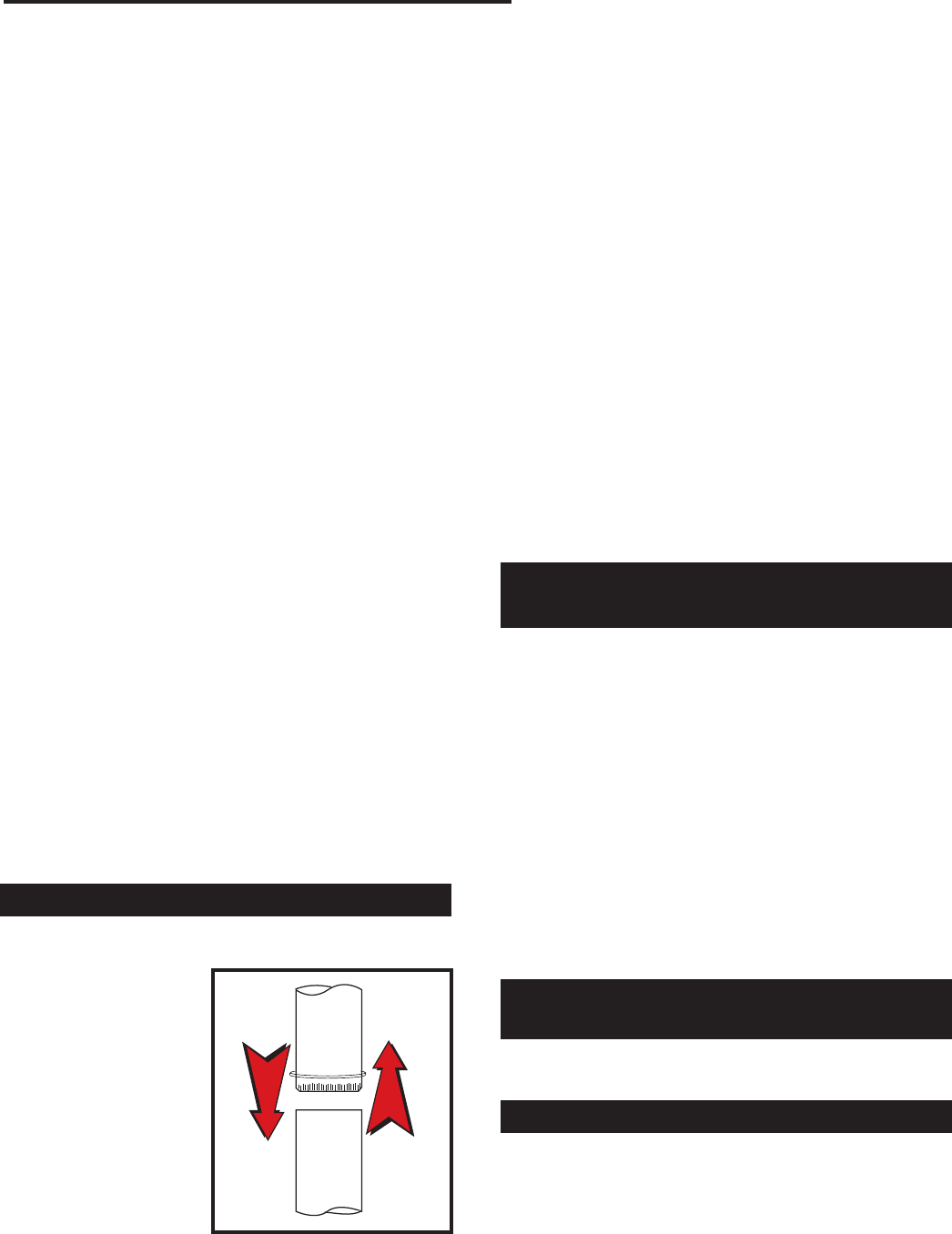
7
Defiant 1610CE Non-Catalytic Woodburning Stove
30003846
c) Mild steel fluepipes complying with BS 1449: Part 1:
1991, with a flue wall thickness of at least 3 mm;
d) Cast iron fluepipes complying with BS 41: 1973
(1998).
Flue Pipes with a spigot and socket joint should be
fitted with the socket facing upwards, to contain con-
densates and moisture within the flue. Joints should be
made gas tight using proprietary jointing accessories,
or, where appropriate, by packing joint with noncombus-
tible rope and fire cement.
Single-wall connectors should be made of 24 gauge
or heavier steel. Do not use galvanized connector; it
cannot withstand the high temperatures that can be
reached by smoke and exhaust gases, and may release
toxic fumes under high heat. The connector may be
152 mm (6”) or 203 mm (8”) in diameter.
If possible, do not pass the chimney connector through
a combustible wall or ceiling. If passage through a com-
bustible wall is unavoidable, refer to the section on Wall
Pass-Throughs. Do not pass the connector through an
attic, a closet or similar concealed space. The whole
connector should be exposed and accessible for in-
spection and cleaning.
In horizontal runs of un shielded chimney connector,
maintain a distance of 762 mm (30”) from the ceiling.
Keep it as short and direct as possible, with no more
than two 90° turns. Slope horizontal runs of connector
upward 6mm per meter (1/4” per foot) going from the
stove toward the chimney. The recommended maximum
length of a horizontal run is 914 mm (36”), and the total
length should be no longer than 2.4 m (8’). In cathedral
ceiling installations, extend the prefabricated chimney
downward to within 2.4 m (8’) of the stove. This will help
maintain a good draft by keeping the smoke warm, so
that it rises readily.
Wear gloves and protective eyewear when drilling, cut-
ting or joining sections of chimney connector.
Single-wall Chimney Connectors
• Begin assembly at the flue collar of the stove. Insert
the first crimped
end into the stove’s
flue collar, and
keep each crimped
end pointing toward
the stove. (Fig. 4)
Using the holes
in the flue collar
as guides, drill 3
mm (1/8”) holes
in the bottom of
the first section of
chimney connector
and secure it to the
flue collar with three #10 x 1/2” sheet metal screws.
Lift off the griddle, and shield the stove’s surface
between the griddle opening and the front of the flue
collar to protect the finish when you drill the front
hole.
• Fasten each joint between sections of chimney
connector, including telescoping joints, with at least
three (3) sheet metal screws. The pre-drilled holes in
the top of each section of chimney connector serve
as guides when you drill 3 mm (1/8”) holes in the
bottom of the next section.
• Fasten the chimney connector to the chimney.
Instructions for various installations follow. Figure 6
illustrates the general layout of chimney connector
parts.
• Be sure the installed stove and chimney connector
are correct distances from nearby combustible mate-
rials.
NOTE: Special slip pipes and thimble sleeves that form
telescoping joints between sections of chimney con-
nector are available to simplify installations. They often
eliminate the need to cut individual connector sections.
Consult your local dealer about these special pieces.
Securing the Single-wall Connector to a
Prefabricated Chimney
Follow the installation instructions of the chimney manu-
facturer exactly as you install the chimney. The manu-
facturer of the chimney will supply the accessories to
support the chimney, either from the roof of the house,
at the ceiling of the room where the stove is installed, or
from an exterior wall.
Special adapters are available from your local dealer to
make the connection between the prefabricated chim-
ney and the chimney connector. The top of such adapt-
ers attaches directly to the chimney or to the chimney’s
ceiling support package, while the bottom of the adapter
is screwed to the chimney connector.
These adapters are designed so the top end will fit out-
side the inner wall of the chimney, and the bottom end
will fit inside the first section of chimney connector.
Securing the Single-wall Connector to a
Masonry Chimney
Both freestanding masonry chimneys and fireplace
masonry chimneys may be used for your installation.
Freestanding Installations
If the chimney connector must pass through a com-
bustible wall to reach the chimney, follow the recom-
mendations in the Wall Pass-Through section that
follows. The opening through the chimney wall to the
flue (the “breech”) must be lined with either a ceramic or
metal cylinder, called the “thimble”, which is cemented
ST242
Chimney connector
12/13/99 djt
Flue Gas
Direction
Toward
Stove
ST242
Fig. 4 Chimney connector.



